
Julien-Francois Tanguy played an important role in the life of the Parisian Impressionist artists. He sold them paints in his small shop, but sometimes, realizing that due to total lack of money they could not pay for the goods, offered the necessary in exchange for the paintings. For good nature and sympathy, the artists affectionately called Tangi papa.
Fascinated by the immense charm of Tangi’s father, Van Gogh painted his portrait. There are three versions of this picture: the first turned out in dark tones, the second clearly showed the influence of Japanese painting, the third was the most successful.
Tangi is depicted on a motley background of Japanese prints and somewhat resembles an oriental sage. Immobile, immersed in his own thoughts, he sits in a strictly frontal pose with folded hands on his stomach. A sincere smile and a mysterious look are full of inner peace. Bright blue eyes contrast with pale skin and gray hair in the beard, and hands with well-traced veins and veins are shaded with a dark blue jacket.
But despite the posture of the depicted, the portrait does not seem static. It seems that he talks about something with the artist drawing him. This is evidenced by his lively and interested look, as well as a slight smile. Tangi’s father is depicted with great sympathy. Van Gogh easily conveyed his good nature and openness.
This work is considered one of the best portraits, written by a Dutch master. It should be noted that the first owner of the painting was Julien Tanguy himself. And until the end of his life he refused to sell it. In 1890, Van Gogh passed away, Tangi survived him for only four years. The portrait was added to the collection of Auguste Rodin, after his death he moved to the Paris Art Museum, dedicated to this famous sculptor.
 Portrait of Pope Tangi II by Vincent Van Gogh
Portrait of Pope Tangi II by Vincent Van Gogh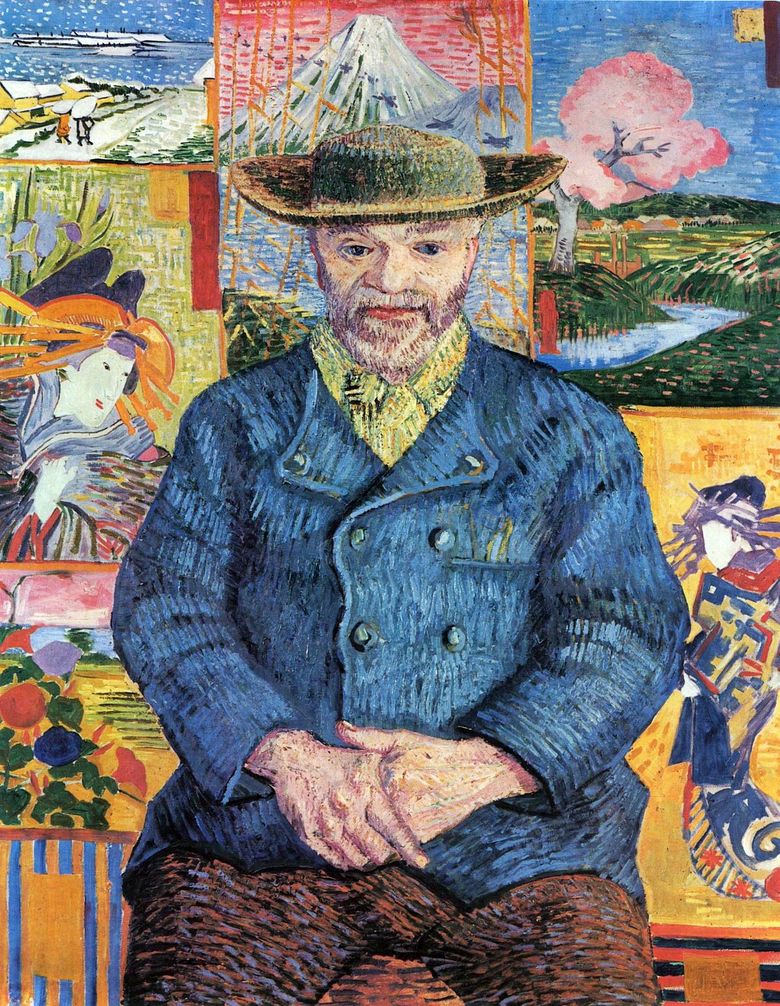 Portrait de papa Tanguy – Vincent Van Gogh
Portrait de papa Tanguy – Vincent Van Gogh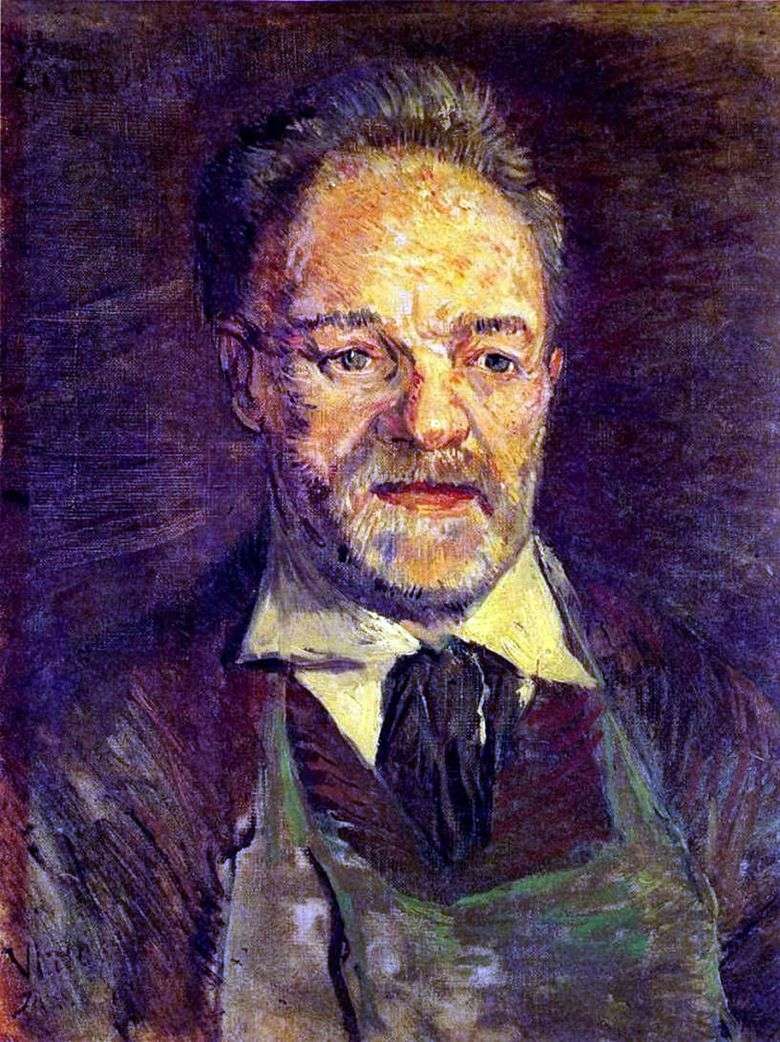 Retrato de Papa Tanga II – Vincent Van Gogh
Retrato de Papa Tanga II – Vincent Van Gogh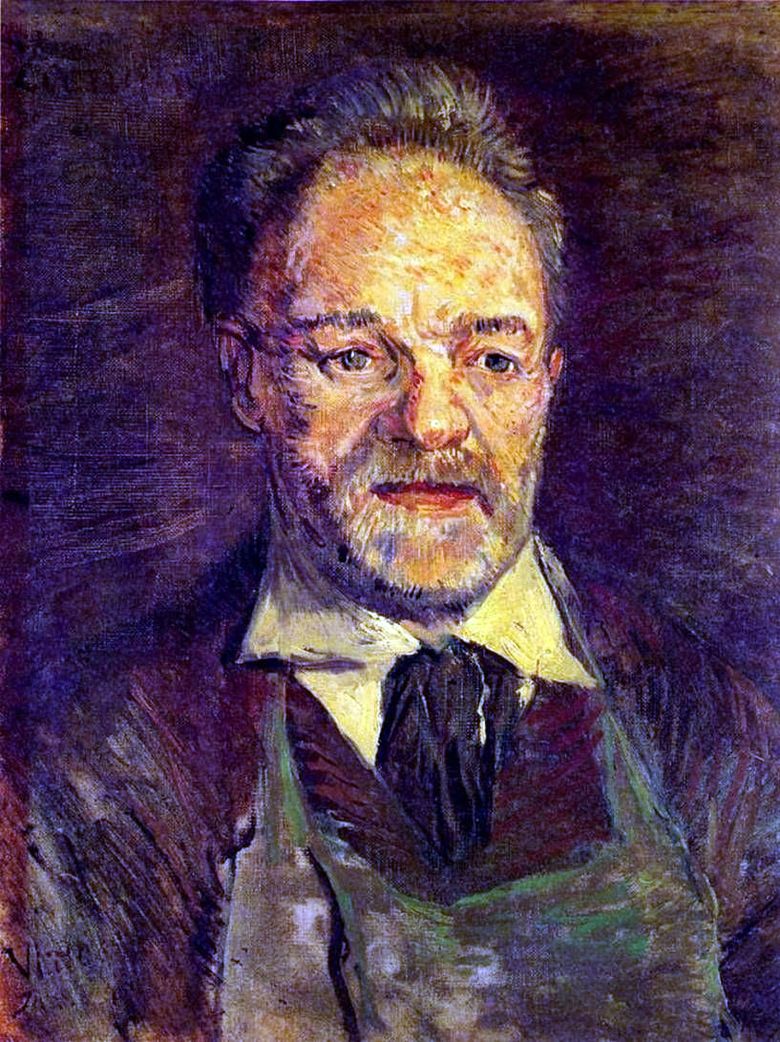 Portrait de papa Tanguy II – Vincent Van Gogh
Portrait de papa Tanguy II – Vincent Van Gogh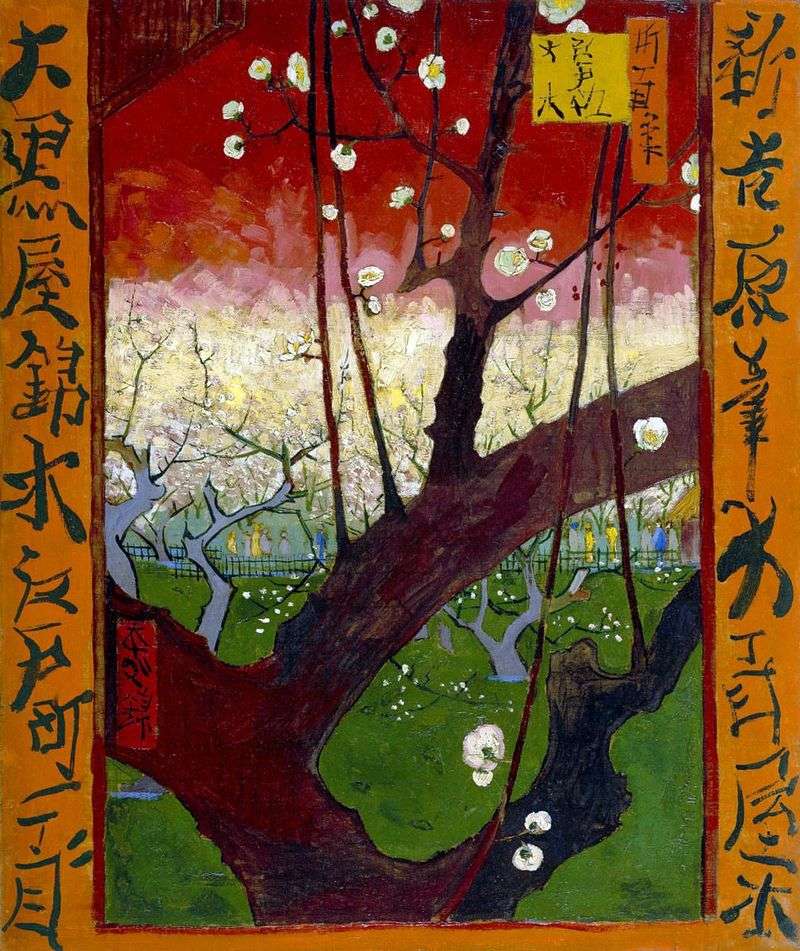 Flowering plum by Vincent Van Gogh
Flowering plum by Vincent Van Gogh Self-portrait with a bandaged ear by Vincent Van Gogh
Self-portrait with a bandaged ear by Vincent Van Gogh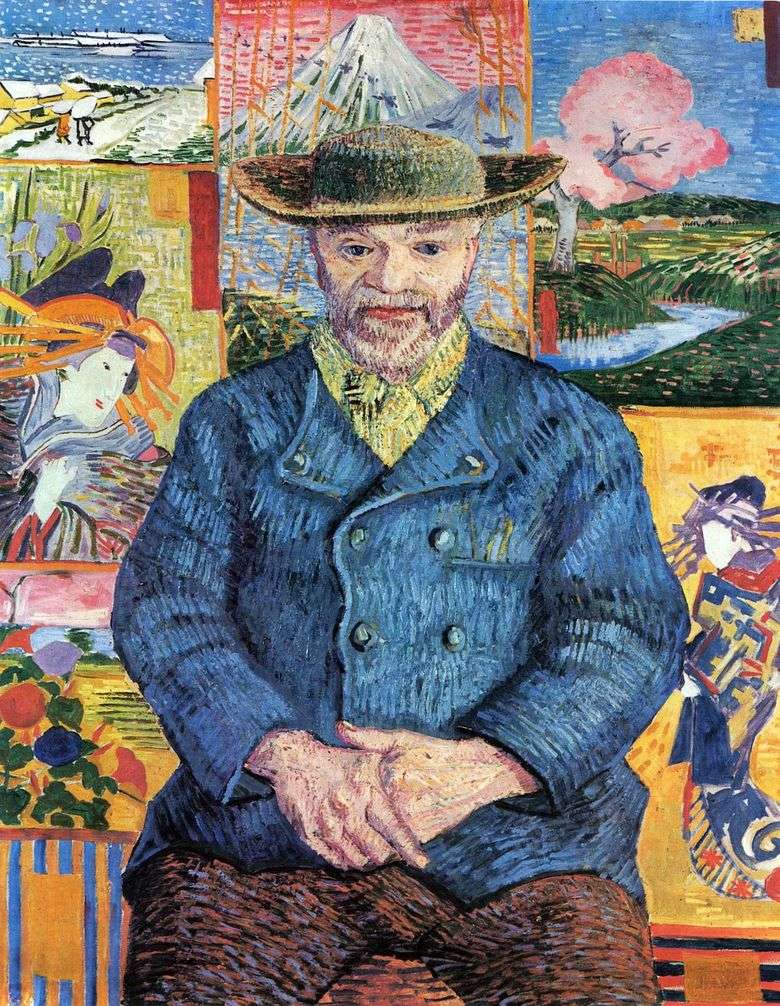 Retrato de Papa Tanguy – Vincent Van Gogh
Retrato de Papa Tanguy – Vincent Van Gogh Wild Roses by Vincent Van Gogh
Wild Roses by Vincent Van Gogh